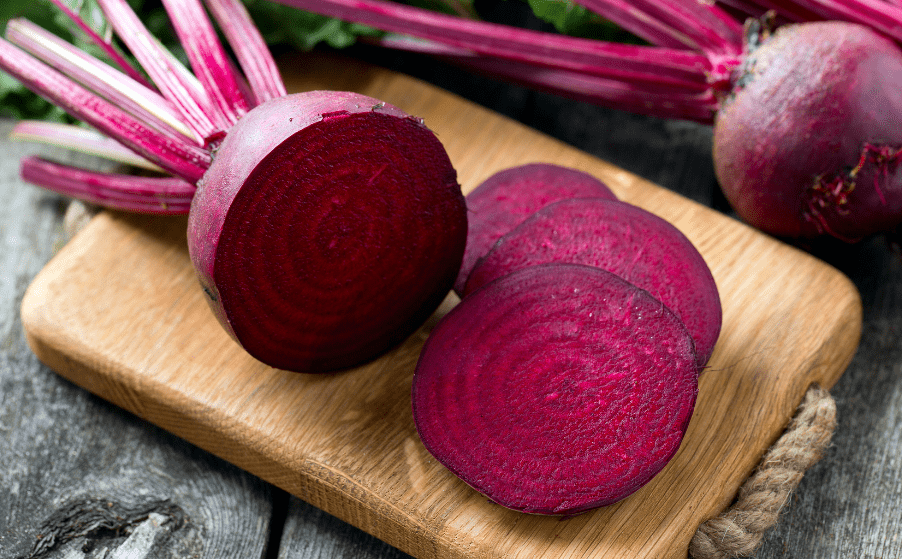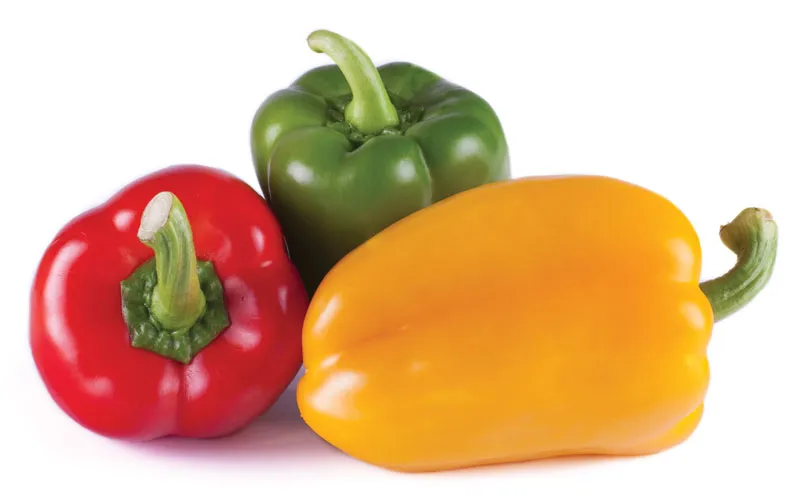
Description
A fragrant bipinnate stem with leaves measuring 30 to 60 mm (1 to 2.5 inches) in height is produced by the plant. The tiny, pink or pale blooms are carried in umbel clusters. The fruit is a little dry schizocarp that resembles a single smooth, nearly spherical fruit with a diameter of 5 mm. The fruits are yellowish brown in colour and taste somewhat like a blend of sage and lemon peel.
Varieties
There are certain coriander types that have been specifically grown with a focus on flavor or seed size:
“Indian coriander” is an annual coriander that may grow up to 70 cm tall and has elongated seeds with a sweeter flavor than most other types. The main component of the garam masala spice blend.
‘Jantar’: Coriander with a nutty flavor, exceptionally glossy foliage, and tiny but fragrant seeds. You can use the foliage as well as both fresh and dried seeds.
Old, traditional German cultivar with good seed output is called “Thüringer.” The plants grow up to a height of 40 cm.

Uses
It is employed as a spice as well as a herb.
Nutrition
92% of the water, 2% the protein, 4% the carbs, and less than 1% of the fat in raw coriander leaves. Compared to fresh stems or leaves, coriander seeds have a different nutritional composition. In a reference amount of 100 g (3 12 oz), leaves are especially high in vitamins A, C, and K, with a reasonable amount of dietary minerals.
Cultivation
The plant, which is indigenous to the Mediterranean and Middle East, is widely cultivated for use in cooking throughout the world. Crops of coriander do well in temperatures ranging from 17° to 27°C. Instead of growing coriander on seed trays and then transplanting the sprouts, it is advisable to sow it immediately in pots. Step 2: Soil with a pH of 6.2 to 6.8 and full sun are the best conditions for growing coriander.
Table





